Nestled into the Mule Mountains just miles from the Mexican border, Bisbee defies Arizona stereotypes with its temperate climate, Victorian architecture, and bohemian spirit. Once a booming copper mining town that rivaled San Francisco in size and prosperity, Bisbee reinvented itself when the mines closed, attracting artists, free spirits, and preservationists who saved its distinctive built environment from demolition.
Here is a list of 13 unconventional experiences that reveal the eccentric charm of this desert creative haven.
The Lavender Pit Overlook Contemplation
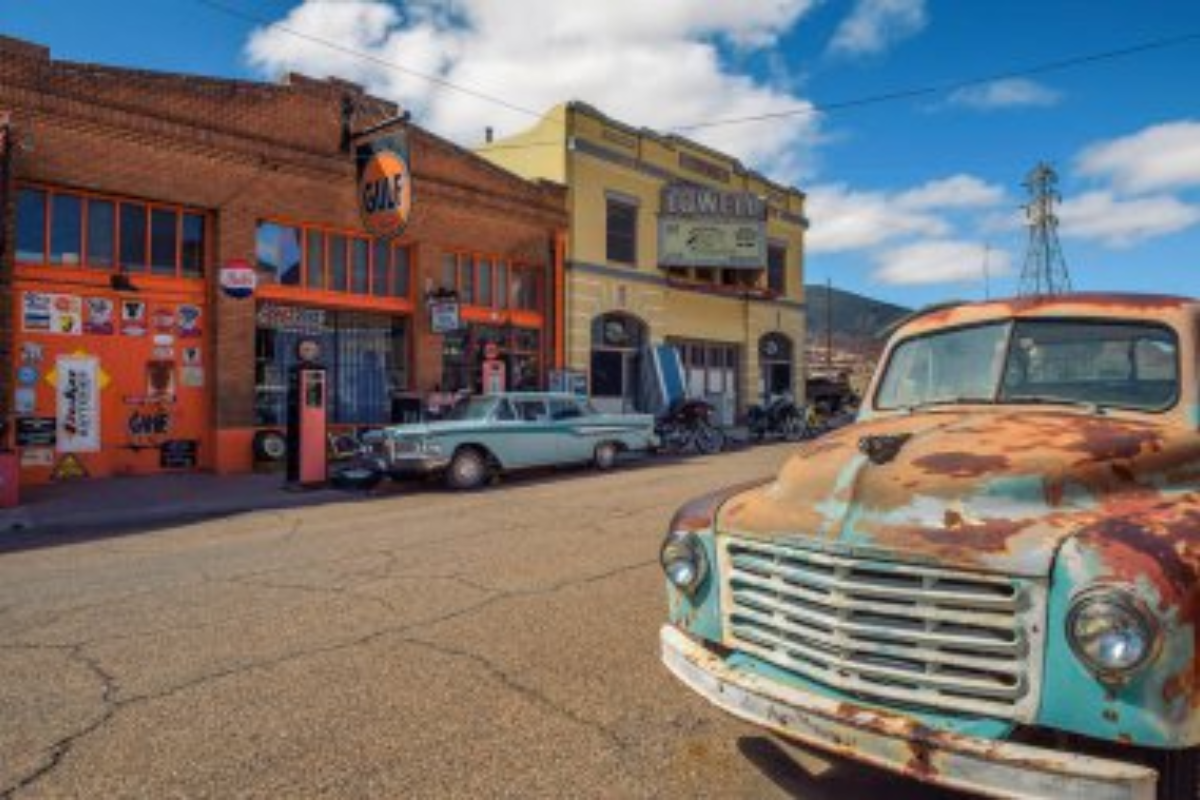
This massive open pit mine appears as an otherworldly canyon of terraced mineral colors stretching nearly 900 feet deep. Unlike most industrial sites, viewing platforms encourage visitors to contemplate both the engineering achievement and environmental impact of removing 600,000 tons of earth daily for decades.
The stark beauty of exposed mineral deposits creates unexpected color patterns against the surrounding desert landscape. Morning light casts shadows that emphasize the geometric precision of the terraced walls descending into the abandoned excavation, which transformed the town’s economy and environment.
The Copper Queen Library’s Mining Documents
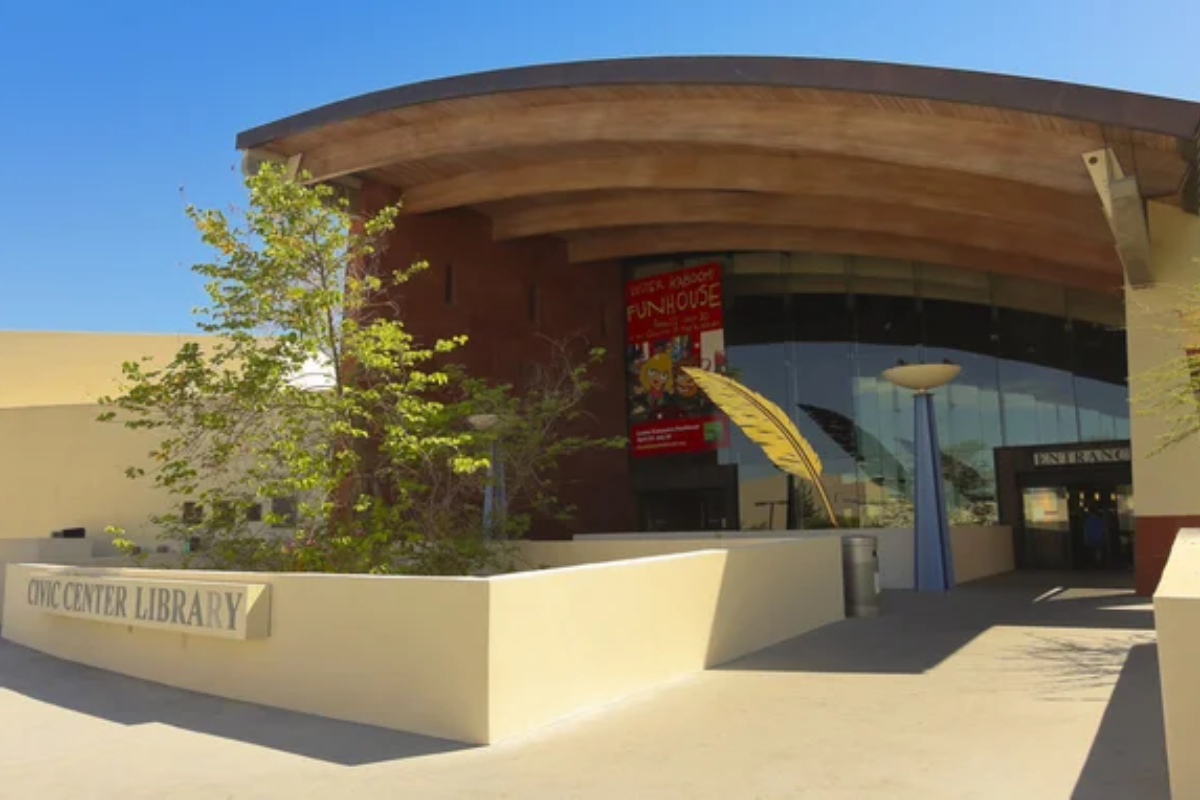
Arizona’s oldest continuously operating library maintains archives documenting the complex relationship between corporate mining interests and multicultural workers who extracted copper from beneath the town. Historical photos reveal segregated mining crews, company-built neighborhoods divided by ethnicity, and changing extraction technologies over nearly a century of operations.
The reading room remains a community gathering space where longtime residents freely share personal stories connected to the archived materials. The building itself represents classic territorial architecture with adaptive modifications reflecting changing community needs throughout its 140-year existence.
Like Travel Pug’s content? Follow us on MSN.
Brewery Gulch Historic Bar Crawl
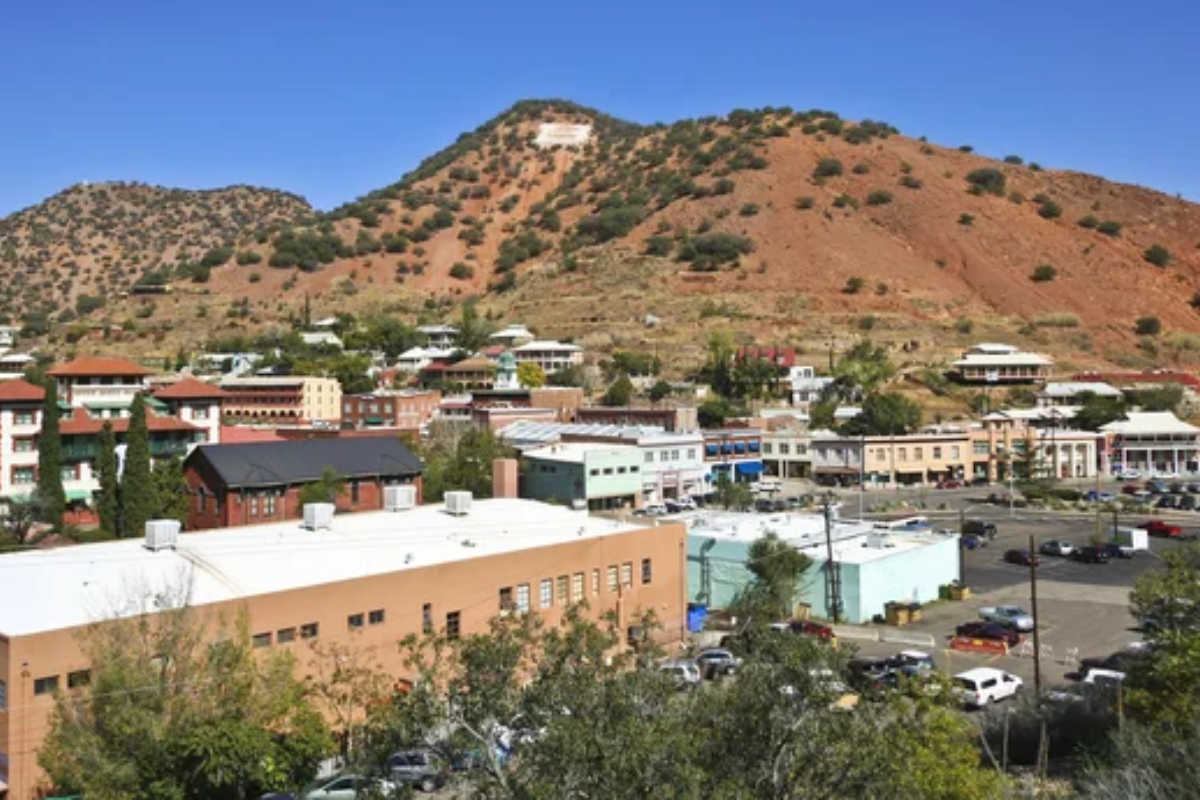
This narrow canyon once housed over 50 saloons serving miners from multiple countries, each establishment catering to specific ethnic communities. Several historic drinking establishments survive, their walls covered with authentic mining implements and photographs of early residents.
The St. Elmo bar has operated continuously since 1902, making it Arizona’s oldest continuously operating drinking establishment. Contemporary bartenders share stories of Prohibition-era underground connections between buildings that facilitated continued operation despite federal restrictions.
The compact geography allows visitors to walk the entire historic district safely while sampling local craft beers inspired by brewing traditions miners brought from their countries of origin.
Mimosa Market Morning Gatherings

This unconventional grocery store doubles as a community center where residents exchange news while shopping among locally grown produce, bulk foods, and gourmet items—unexpected in a remote former mining town. The attached café provides a meeting space for community organizations planning preservation projects, art installations, and political campaigns affecting the town’s future.
The owners maintain a commitment to stocking products supporting sustainable agriculture while providing essential services in a town geographically isolated from major shopping centers. The market embodies Bisbee’s unusual combination of counterculture values merged with the practical necessities of small-town desert living.
Jonquil Motel Mid-Century Preservation
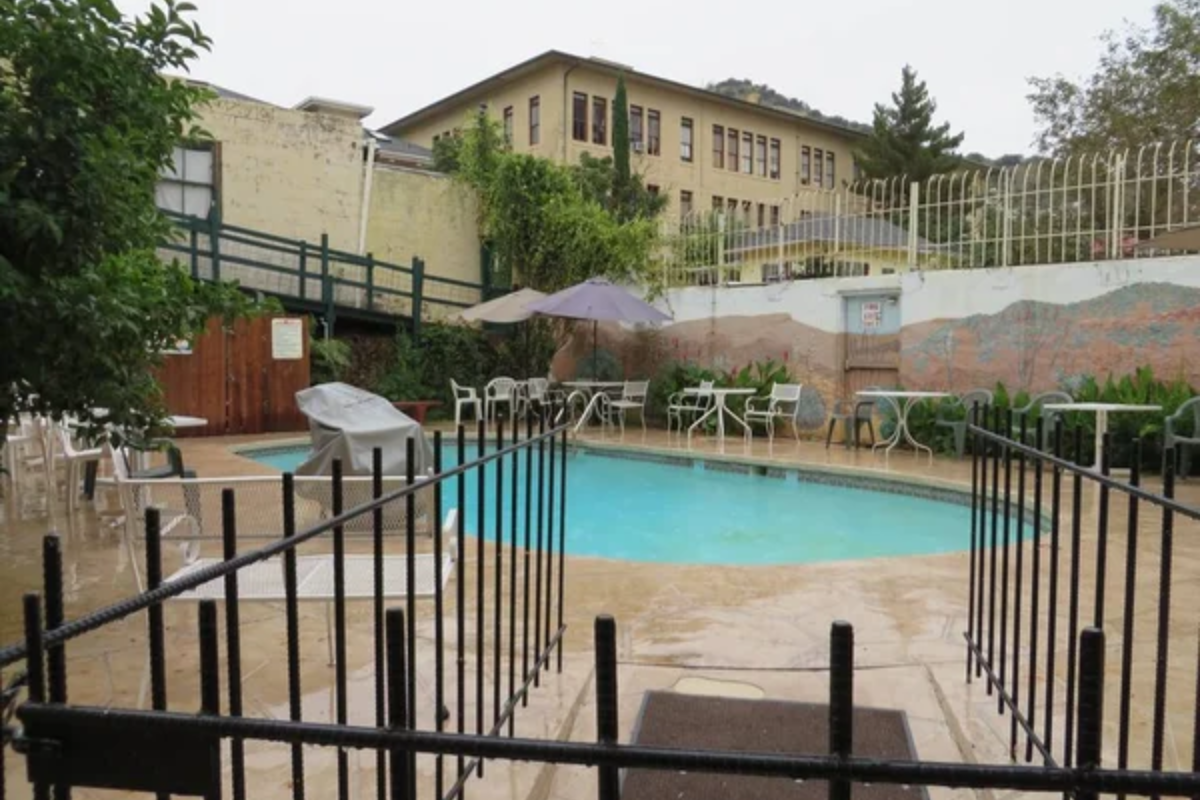
This impeccably maintained 1950s motel preserves classic roadside architecture from America’s early automotive tourism era with its distinctive angular design and period-appropriate furnishings. Each room features curated artifacts from specific years during the motel’s operating history, from rotary phones to alarm clocks.
The owners share detailed knowledge about the building’s architectural significance within mid-century design movements that typically receive less preservation attention than Victorian structures. The property demonstrates how Bisbee’s preservation ethic extends beyond its mining-era buildings to include multiple historical periods contributing to the town’s layered identity.
Like Travel Pug’s content? Follow us on MSN.
Bisbee Seance Room Experience
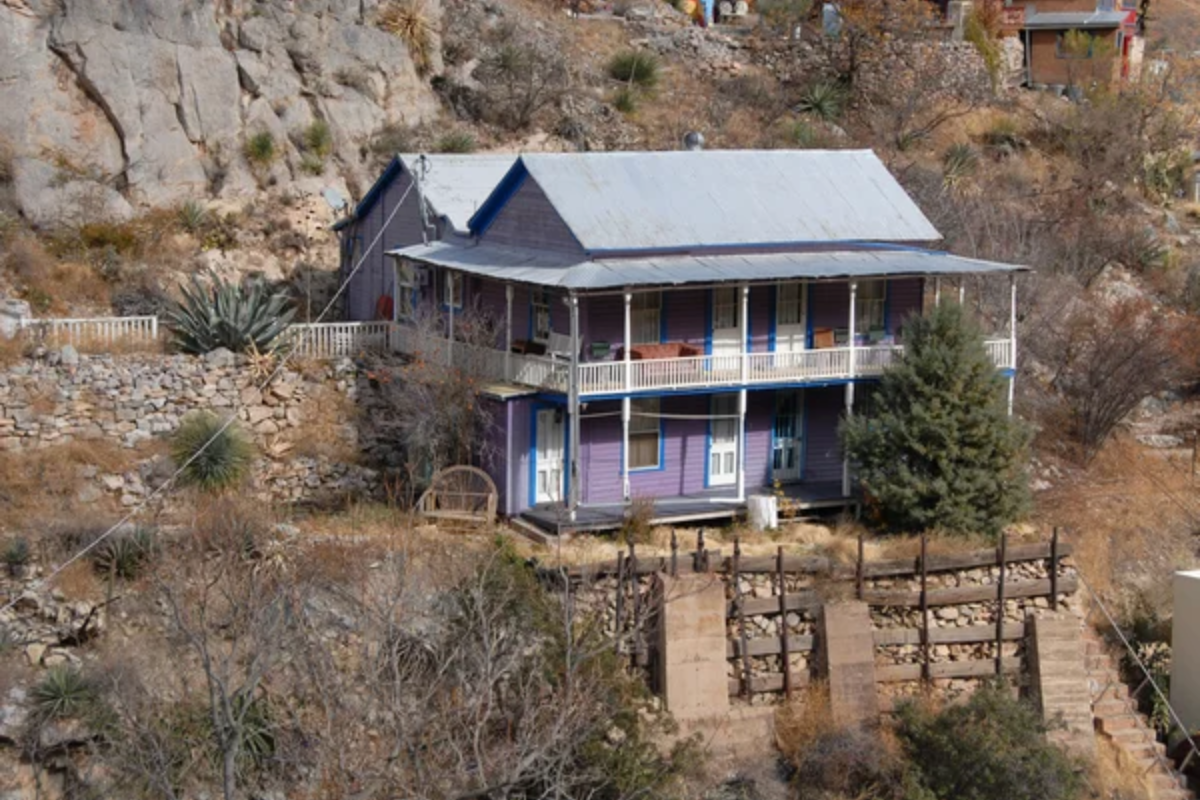
Housed in a former boarding house, this atmospheric Victorian parlor hosts intimate gatherings exploring the intersection of history, psychology, and the supernatural. Rather than typical ghost tours, the experience focuses on historical spiritualist traditions that flourished during Bisbee’s mining heyday, when residents sought connections with those lost in industrial accidents.
The host discusses psychological aspects of collective belief while demonstrating techniques used by historical mediums who traveled between mining communities. The session incorporates actual historical events and personalities documented in local archives rather than invented stories designed merely to frighten participants.
High Desert Market Garden Tables
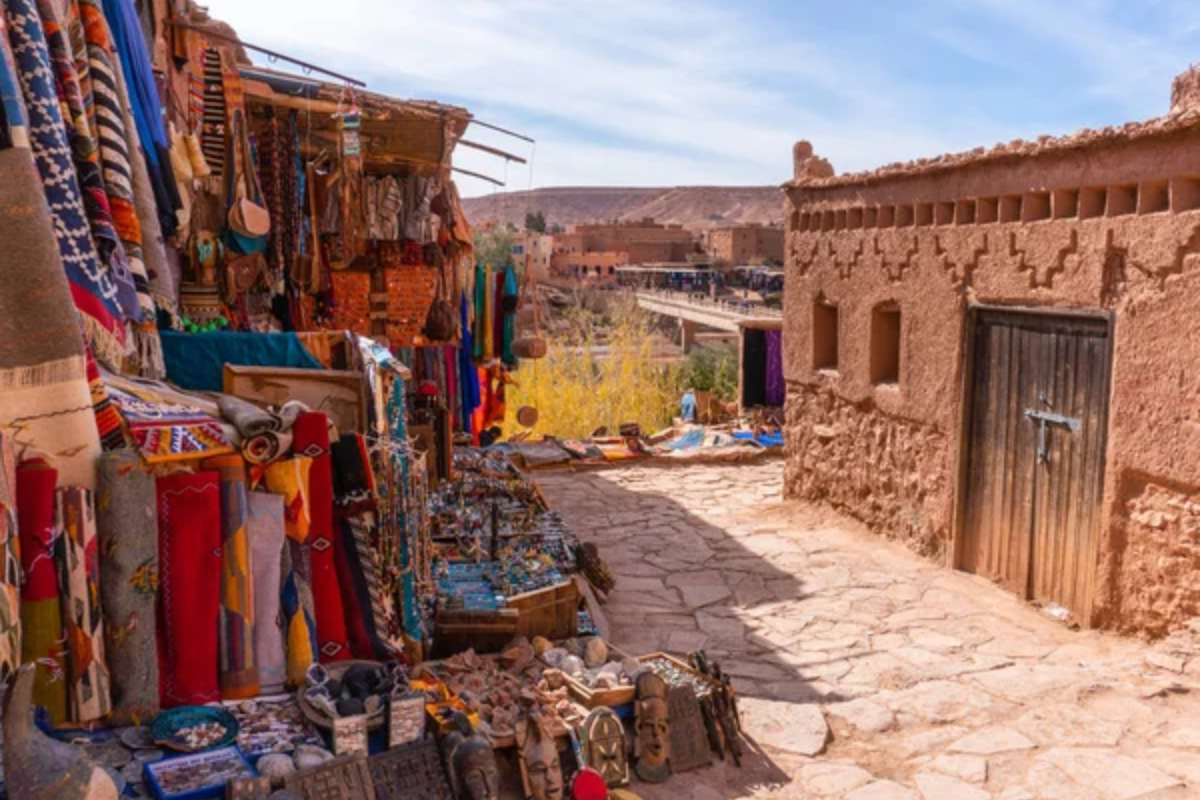
This combination bakery-restaurant-grocery maintains garden tables where visitors dine amidst herb and vegetable plants that later appear in menu items. The building repurposes a former mechanic’s garage with minimal alterations, preserving industrial elements while adapting the space for food service.
Wall space rotates exhibitions by local artists, creating a gallery-like dining experience that changes monthly. The market section stocks gourmet ingredients otherwise unavailable without driving 100 miles to Tucson, reflecting the culinary sophistication unexpected in a remote community of fewer than 5,000 residents.
Warren Ballpark Historic Baseball
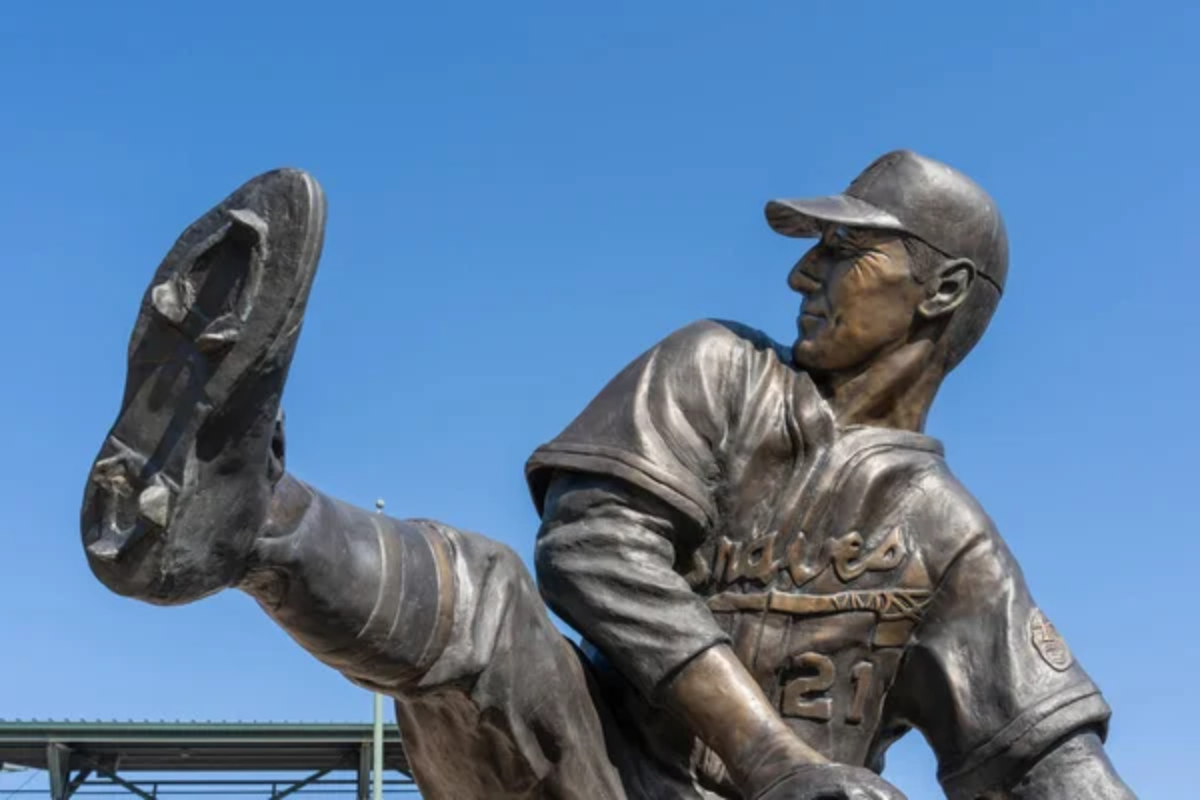
America’s oldest continuously used professional baseball facility hosts vintage baseball games played by 1880s rules with period-appropriate equipment and uniforms. The wooden grandstand preserves original architectural elements from its 1909 construction, including hand-carved structural supports and press box facilities.
The grounds witnessed significant labor history when miners organized for improved working conditions, using the field for union gatherings during contentious strikes. Game days feature historian commentators explaining how baseball connected diverse ethnic communities despite segregation policies affecting other aspects of daily life in early mining camps.
Like Travel Pug’s content? Follow us on MSN.
Evergreen Cemetery Hillside Exploration
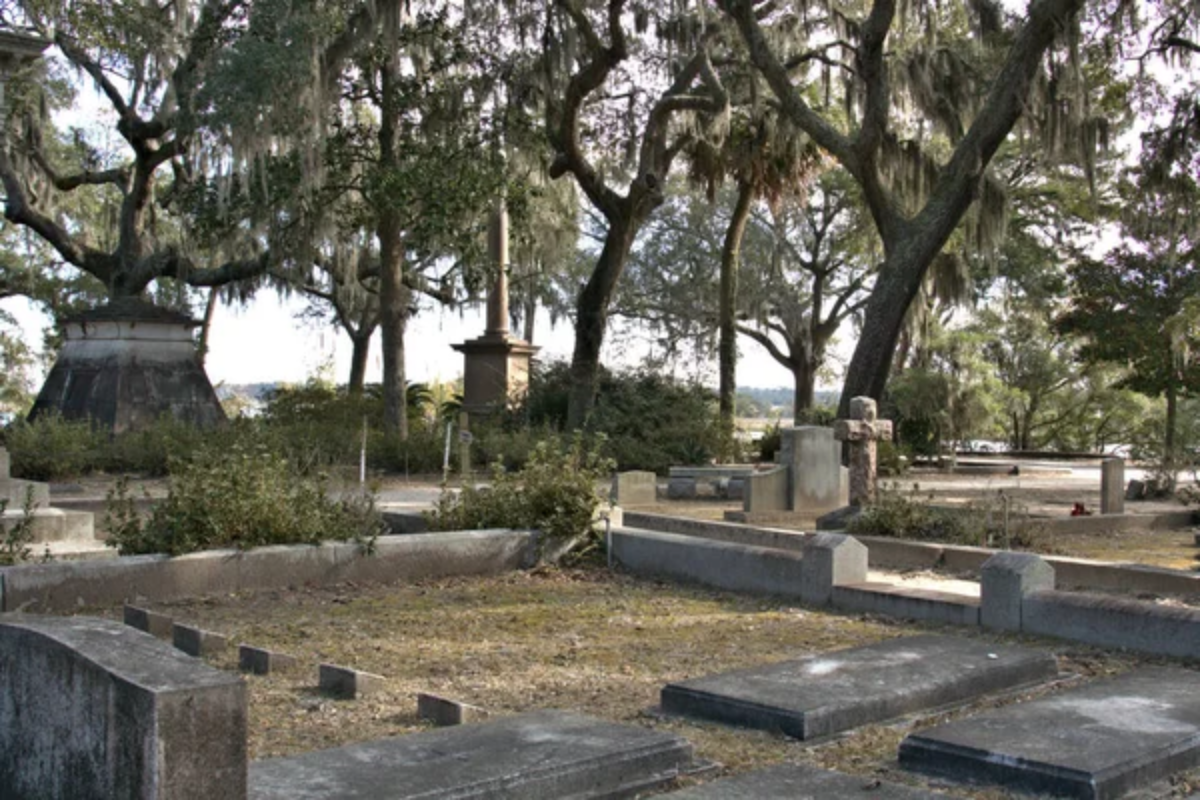
Terraced into steep terrain, this historic cemetery reflects Bisbee’s multicultural mining history through distinct burial sections organized by ethnicity, religion, and fraternal organization membership. Grave markers range from elaborate Victorian monuments to simple wooden crosses, some featuring photographs of the deceased preserved in weather-resistant ceramic.
The cemetery demonstrates adaptation to challenging topography, with interconnecting stairways linking different elevation levels across the mountainside. Morning walks reward visitors with expansive views across the town while providing insight into demographic patterns through changing burial practices over more than a century.
Bisbee Mining & Historical Museum Underground Recreation
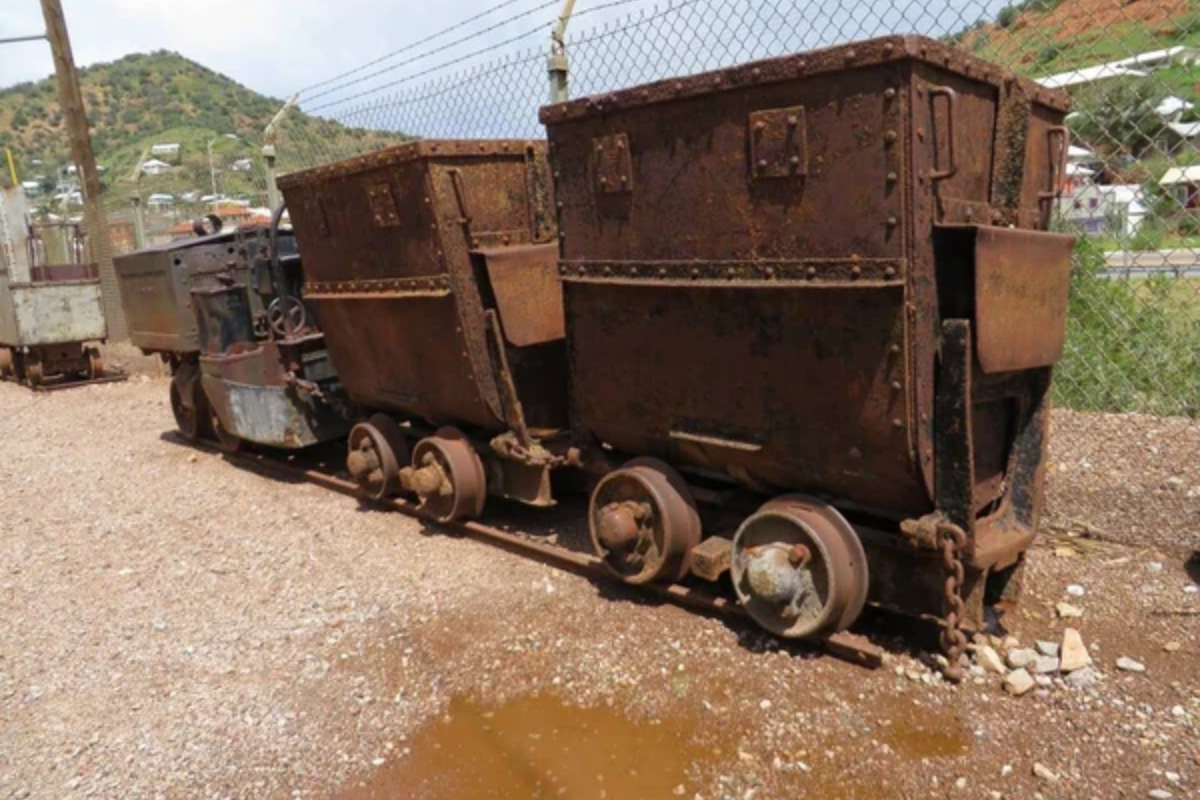
This Smithsonian-affiliated museum recreates underground mining conditions through immersive exhibits where visitors experience the darkness, confined spaces, and equipment used to extract copper ore. The collection includes detailed scale models showing how the entire mountain contained interconnected tunnels spanning more than 2,500 miles beneath the town.
Interactive displays demonstrate technological evolution from hand tools to early mechanization that transformed extraction capabilities and working conditions over the decades. Former miners often volunteer as docents, sharing firsthand experiences that animate the technical exhibits with personal perspectives on underground working conditions.
Council Rock Reflection Point

This natural stone formation served as a meeting ground for indigenous peoples long before mining brought European settlement to the area. The site offers perspectives across converging canyons that demonstrate why the location held strategic and spiritual significance for early inhabitants.
Morning visitors often encounter resident wildlife, including javelinas, coatimundis, and diverse bird species, utilizing the water sources near this elevated vantage point. The location provides context for understanding pre-mining history, largely overshadowed by more recent industrial developments that transformed the landscape.
Like Travel Pug’s content? Follow us on MSN.
The Royale Performance Venue
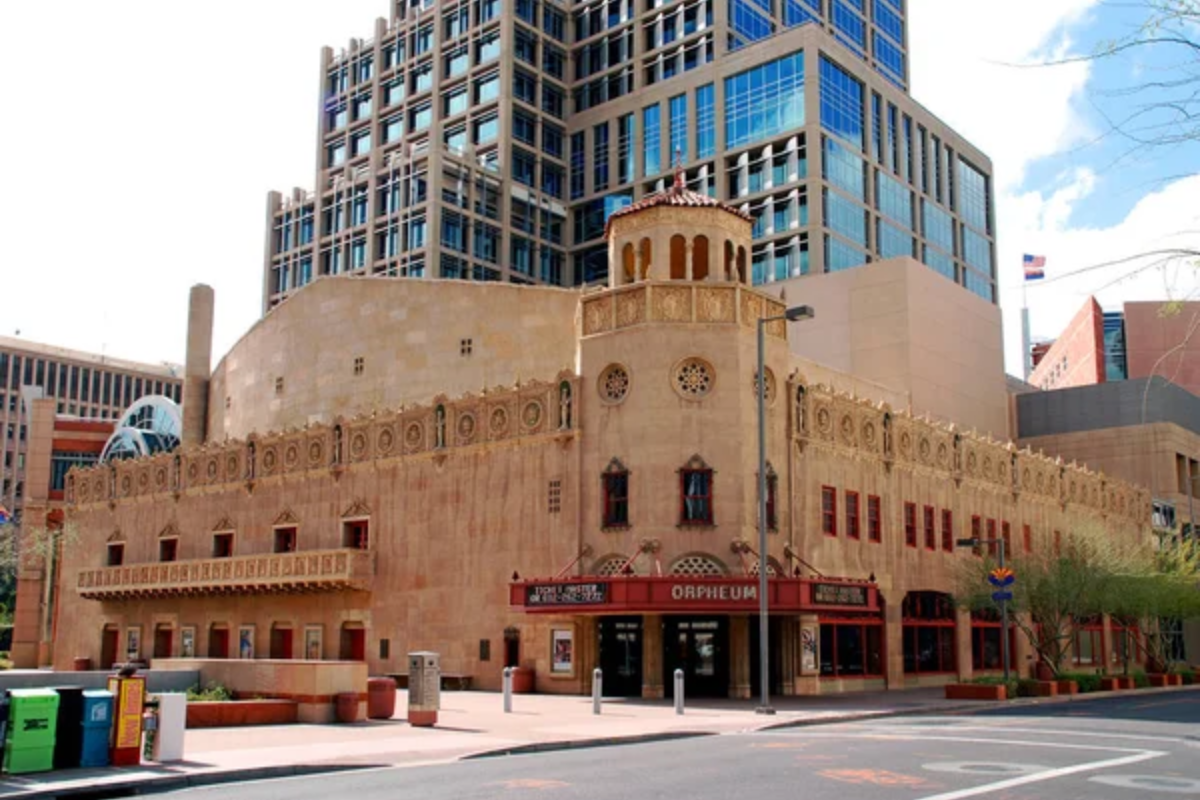
This repurposed movie theater maintains its 1950s aesthetic while hosting contemporary performances ranging from nationally touring musicians to experimental theater productions. The venue operates through cooperative management, where performers share responsibility for facility operations rather than working under traditional management structures.
Programming emphasizes artistic experimentation that might struggle to find venues in more commercially driven markets. The space embodies Bisbee’s support for creative expression beyond conventional entertainment formats or predictable tourist offerings typical of small destination towns.
Bisbee Bicycle Brothel Collection

This unconventional combination bicycle museum and a repair shop showcases vintage cycling technology from the mining era, when bicycles provided essential transportation through the steep town terrain. The collection includes adapted bicycles designed specifically for Bisbee’s challenging vertical geography, with specialized gearing systems developed locally.
The owner leads historical cycling tours highlighting how transportation infrastructure evolved as mining operations expanded residential areas farther from the commercial district. The shop supports contemporary cycling culture through repair services and community rides, promoting bicycle transportation despite challenging topography.
Final Thoughts: Bisbee’s Layered Future
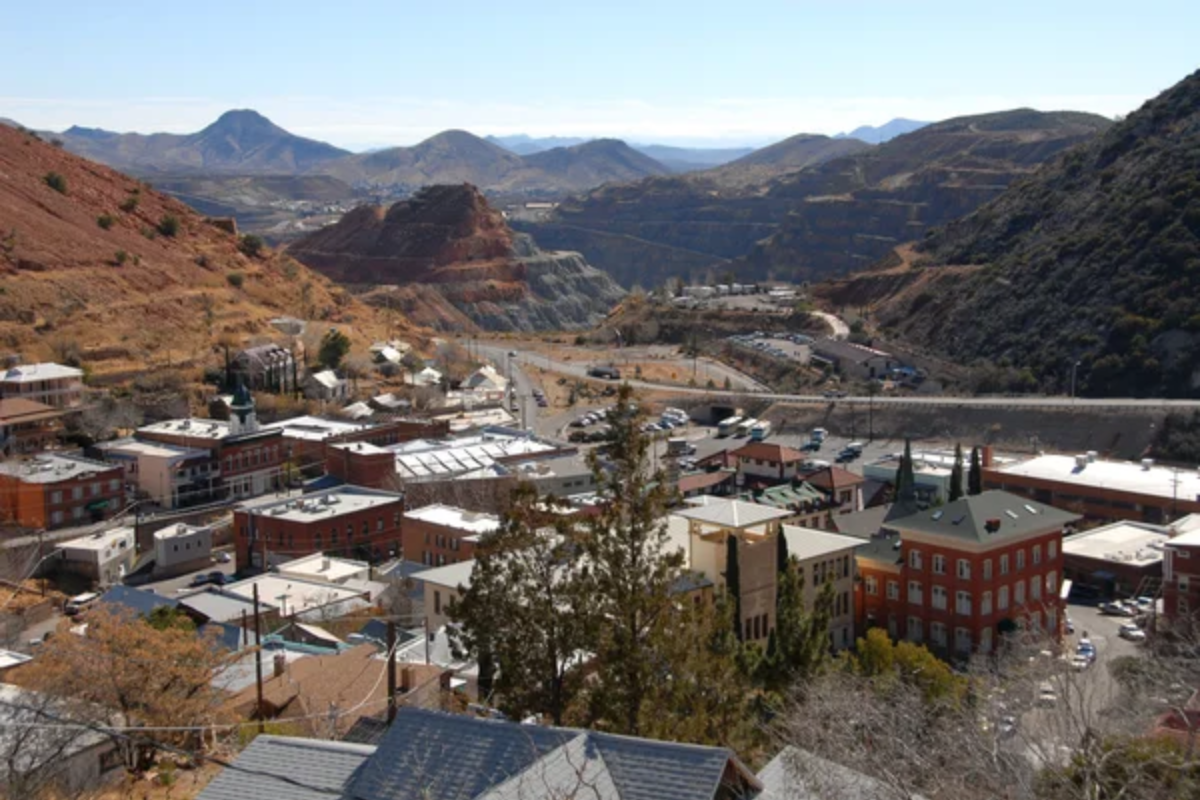
Bisbee exists in fascinating tension between preserving its mining heritage and evolving as a creative sanctuary attracting new residents seeking alternatives to urban environments. This former industrial powerhouse demonstrates the successful economic transition from extraction to cultural tourism without sacrificing authenticity or community values.
The town’s geographic isolation creates both challenges and protection, maintaining distinctive character despite increasing discovery by travelers seeking experiences beyond Arizona’s more famous destinations. Understanding Bisbee requires engaging with both its industrial past and artistic present, recognizing how these seemingly contradictory identities merge in this unique desert corner that defies simple categorization.
Like Travel Pug’s content? Follow us on MSN.
More from Travel Pug

- Cities Growing so Fast You Won’t Recognize Them in 10 Years
- 13 Destinations Where Tourists Regularly Regret Their Trip
- 16 U.S. Cities That Are Quietly Becoming Travel Hotspots
- Where to Travel If You Love Long Bus Rides and Daydreams
- 20 Cities Perfect for Solo Travelers Who Crave Adventure & Culture
Like Travel Pug’s content? Follow us on MSN.
